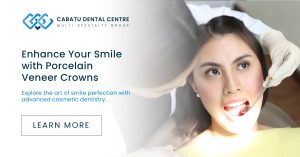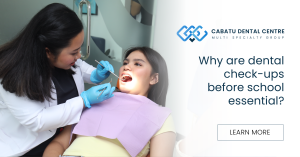Invisalign and braces are both orthodontic treatment options that can help straighten teeth and correct bite issues. Each option has its own set of pros and cons, and the choice between the two depends on various factors, including the individual’s specific needs, preferences, and budget. Here are the pros and cons of Invisalign and braces:
Braces:
Pros:
- Effective for complex cases: Braces are capable of correcting a wide range of orthodontic problems, including severe misalignments and bite issues. They can apply more significant force to move teeth and address complex situations effectively.
- No compliance concerns: Unlike Invisalign, braces are fixed appliances, which means they cannot be removed by the patient. Compliance with wearing braces is not a concern since they are always in place.
- Lower cost: Traditional metal braces are generally less expensive than Invisalign. The cost can vary depending on the length of treatment, the complexity of the case, and the location.
- Less risk of loss or damage: Since braces are fixed to the teeth, there is a lower risk of misplacing or losing them. This can be beneficial for individuals who may struggle with keeping track of removable aligners.
Cons:
- Aesthetic appearance: Traditional metal braces are more noticeable compared to Invisalign. However, there are alternative options available, such as ceramic braces or lingual braces, which are less visible but may be more expensive.
- Discomfort and potential irritation: Braces consist of brackets and wires that can cause discomfort, soreness, and potential irritation to the soft tissues of the mouth. Regular adjustments may be needed, which can cause temporary discomfort.
- Food restrictions: Certain foods can damage braces or get stuck between the brackets and wires. Sticky or hard foods, such as gum, caramel, and popcorn, should be avoided during treatment.
- Oral hygiene challenges: It can be more challenging to maintain good oral hygiene with braces compared to Invisalign. The brackets and wires can make brushing and flossing more difficult, requiring extra care and the use of special tools.
Invisalign:
Pros:
- Appearance: Invisalign aligners are virtually invisible, making them a popular choice for individuals who prefer a more discreet orthodontic treatment. They are made of clear plastic and are less noticeable than traditional metal braces.
- Removable: Invisalign aligners are removable, allowing for more flexibility and convenience. You can take them out while eating, brushing your teeth, or for special occasions. This feature can make oral hygiene easier compared to braces.
- Comfort: Invisalign aligners are generally considered to be more comfortable than braces. They have smooth edges and do not have any wires or brackets that can cause irritation or discomfort.
- No food restrictions: Since Invisalign aligners can be removed while eating, there are no restrictions on the types of food you can consume. You can enjoy all your favorite foods without worrying about damaging your orthodontic appliance.
- Shorter adjustment period: Some individuals may find that they adapt more quickly to Invisalign aligners compared to braces. The adjustment period for Invisalign is typically shorter, and there are generally fewer follow-up appointments required.
Cons:
- Compliance: Invisalign aligners require a high level of patient compliance. They must be worn for at least 20-22 hours per day to be effective. Failure to comply with wearing the aligners can lead to a prolonged treatment time and less effective results.
- Cost: Invisalign treatment can be more expensive than traditional braces, depending on the complexity of the case and the location. The cost may not be covered by insurance or may only be partially covered.
- Lost or misplaced aligners: Since Invisalign aligners are removable, there is a higher chance of misplacing or losing them. Replacement aligners can incur additional costs.
- Not suitable for complex cases: Invisalign may not be suitable for severe orthodontic problems or cases that require significant tooth or jaw movement. Traditional braces may be a better option for more complex issues.
Ultimately, the decision between Invisalign and braces should be made in consultation with an orthodontist, who can evaluate your specific needs and provide professional advice on the best treatment option for you.








